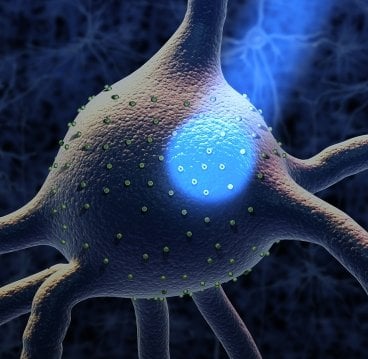A team of scientists led by Dr. Antoine Adamantidis, a researcher at the Douglas Mental Health University Institute and an assistant professor at McGill University, has released the findings from their latest study, which will appear in the October issue of the prestigious scientific journal Nature Neuroscience.
Previous studies had established an association between the activity of certain types of neurons and the phase of sleep known as REM (rapid eye movement). Researchers on the team of Dr. Antoine Adamantidis identified, for the first time, a precise causal link between neuronal activity in the lateral hypothalamus (LH) and the state of REM sleep. Using optogenetics, they were able to induce REM sleep in mice and modulate the duration of this sleep phase by activating the neuronal network in this area of the brain.
This achievement is an important contribution to the understanding of sleep mechanisms in the brains of mammals, as well as the underlying neuronal network, which is still not well understood despite recent breakthroughs in neuroscience.

Better understanding how sleep is modulated to reduce sleep disorders
“These research findings could help us better grasp how the brain controls sleep and better understand the role of sleep in humans. These results could also lead to new therapeutic strategies to treat sleep disorders along with associated neuropsychiatric problems,” stated Dr. Antoine Adamantidis, who is also the Canada Research Chair in Neural Circuits and Optogenetics.
What is REM (rapid eye movement) sleep?
There are two types of sleep: REM and non-REM sleep. In humans, non-REM sleep has four stages. REM sleep, or deep sleep, is generally associated with dreaming and is a phase when the brain is very active, even though people are in a heavy sleep, their eyes move rapidly (hence the name), and their bodies have an almost total loss of muscle tonus.
Although our understanding of the mechanisms that control the wake and sleep cycle has progressed in recent years, many frontiers remain unexplored. However, we do know that a disruption in sleep can lead to adverse effects on physical and mental health in humans.
Notes about this sleep and neuroscience research
Contact: Valérie Bordelais – Douglas Mental Health University Institute
Source: Douglas Mental Health University Institute press release
Image Source: The image is credited to McGovern Institute for Brain Research and Sputnik Animation. It is adapted from a previous MIT press release.
Original Research: Abstract for “Optogenetic identification of a rapid eye movement sleep modulatory circuit in the hypothalamus” by Sonia Jego, Stephen D Glasgow, Carolina Gutierrez Herrera, Mats Ekstrand, Sean J Reed, Richard Boyce, Jeffrey Friedman, Denis Burdakov and Antoine R Adamantidis in Nature Neuroscience. Published online September 23 2013 doi:10.1038/nn.3522






